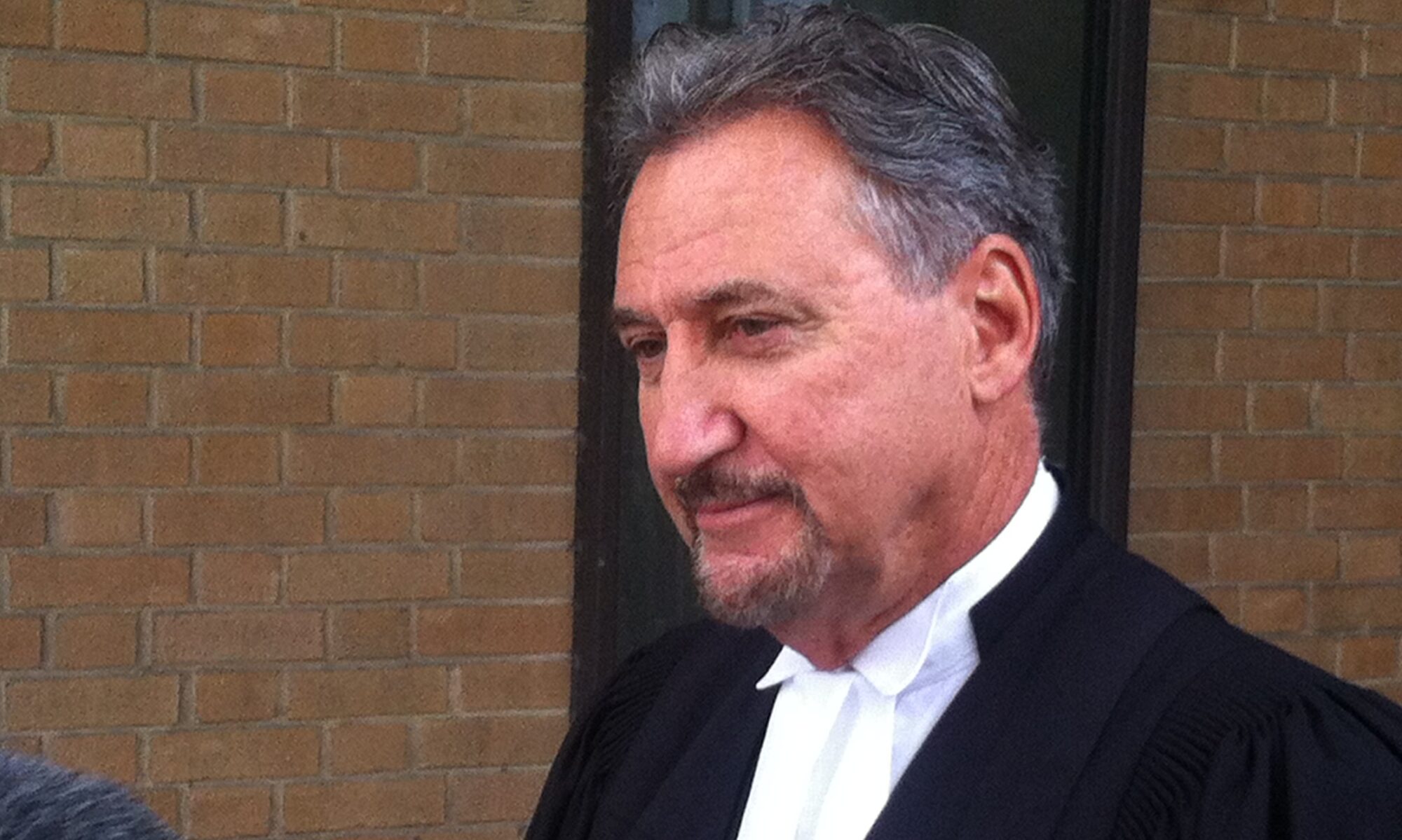The essential defining features of hearsay are:
1. An out-of-court statement adduced in court to prove the truth of the contents of that statement, and
2. The absence of a contemporaneous opportunity to cross-examine the maker of that statement.
Over many years our courts created what might be described as traditional exceptions to the exclusionary rule. Each and every one of them had the same basis for making an exception, that is, the statement for some particular reason was inherently reliable. But more recently, since the Supreme Court of Canada’s decision in Khan, hearsay evidence that does not fall under a traditional exception may still be admitted under the principled approach if indicia of reliability and necessity are established on a voir dire.
The seminal case from the Supreme Court of Canada on the topic of hearsay is R. v. Khelawon. In this case the court decided that any applicant establishing the reliability requirement must demonstrate firstly that there is no real concern about whether the statement is true because of the circumstances, or, that no real concern arises from the fact that the statement is presented in hearsay form because its truth and accuracy may still be tested by means other than contemporaneous cross-examination.
There are now two parts to every hearsay inquiry; threshold reliability and ultimate reliability. In determining the question of threshold reliability, the trial Judge acts as the gatekeeper and must always be mindful that hearsay evidence is presumptively inadmissible. The ultimate reliability is left to the fact finder. Moving away from the old method of strict categorization of exceptions to the hearsay rule, the court found that the factors to be considered on the admissibility inquiry cannot be categorized in terms of threshold and ultimate reliability. Instead, all relevant factors need to be considered, including, for example, the presence of supporting or contradictory evidence. Here the court expressly overruled its earlier decision in Starr.
The court clearly decided to adopt a more functional approach focused on the particular dangers raised by the hearsay evidence and on the circumstances relied upon to overcome those dangers. Supporting or conflicting evidence will be relevant in this inquiry.
